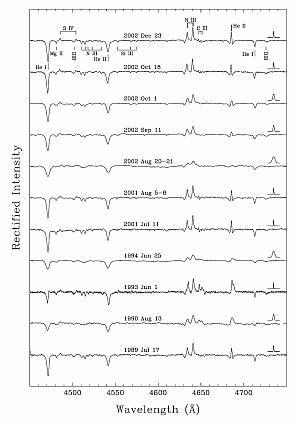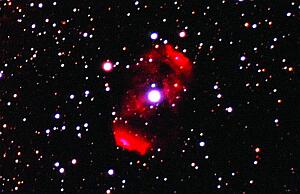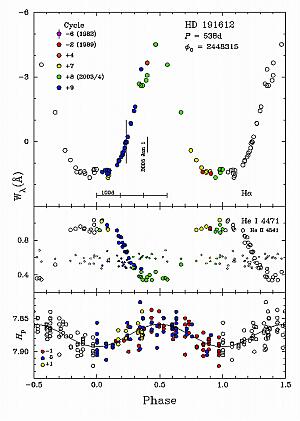 | |||
|
| Home > Public Information > ING Newsletter > No. 9, March 2005 > Addressing the Question Posed by the Of?p Stars: HD191612 |
|
|
SCIENCE |
|
|
|
Previous: LIRIS Discovers Supernovae in Starburst Galaxies | Up: Table of Contents | Next: The Search for the Companion Star of Tycho Brahe’s 1572 Supernova




